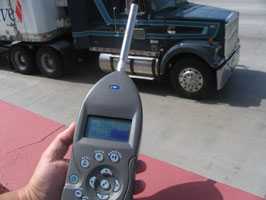NOISE AND HEARING LOSS PREVENTION

Reducing Noise Exposure
Occupational regulations and standards, noise control strategies, and hearing protective devices.

Preventing Hearing Loss
Hearing loss prevention programs, risk factors, and information for specific industries and occupations.

Facts and Statistics
Important facts, stats, graphs and charts, and information on surveillance efforts at NIOSH.

Publications and Reports
Key NIOSH publications and reports, search by type or topic, and other multi-media products.
Occupational hearing loss is one of the most common work-related illnesses in the United States. Each year, about 22 million U.S. workers are exposed to hazardous noise levels at work. Over 30 million U.S. workers are exposed to chemicals, some of which are harmful to the ear (ototoxic) and hazardous to hearing. In addition to damaging workers’ quality of life, occupational hearing loss carries a high economic price to society.
NIOSH Recommendations:
- The NIOSH Recommended Exposure Limit (REL) for occupational noise exposure is 85 decibels, A-weighted, as an 8-hour time-weighted average (85 dBA as an 8-hr TWA) using a 3-dB exchange rate. Exposures at or above this level are considered hazardous.
- Use the NIOSH Hierarchy of Controls to reduce workplace noise to below the NIOSH REL whenever possible. Use hearing protection when hazardous noise levels cannot be adequately reduced.
Noise and Hearing Loss on the NIOSH Science Blog
- Page last reviewed: April 14, 2016
- Page last updated: July 12, 2017
- Content source:
- National Institute for Occupational Safety and Health Division of Applied Research and Technology


 ShareCompartir
ShareCompartir









